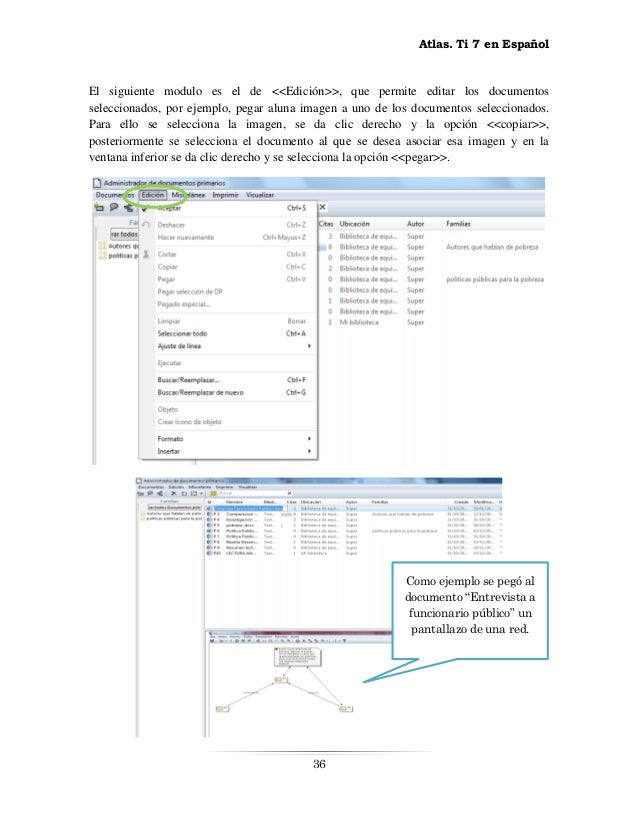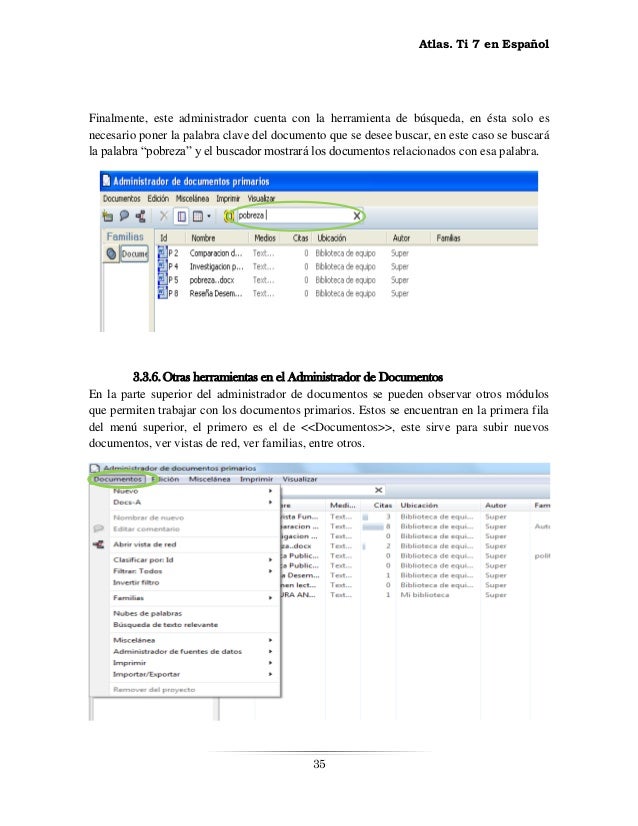
This quote has been too true for too long: I’m kind of hoping that the sudden shifts the pandemic has caused in practice and process might lead to some developments and rethinking of analysis.
#Atlasti and nvivo. manual
I also think it really gives the lie to the idea that manual transcription is “the best way” to get in touch with audio. I’ve REALLY liked working with this in ATLAS.ti 9 – the way that you can integrate annotation and auto-coding via the focus group coding tool into the transcription process is key.
#Atlasti and nvivo. how to
I’ve had a lot of help and encouragement – see acknowledgements below – but also NEED from students and groups who are wondering how to do transcription better. So this has been a real focus for me recently. The blog bit – background, next steps, context Here’s the ATLAS.ti file (89Mb) with one corrected plus focus group coded transcript and several uncorrected transcripts from the videos above if you want to have a look / play. There is now excellent documentation on this process in the online manual much improved information on editing transcripts in the 90 page “ quick (?! :-O ) tour” manual (pages 18-19). Step Five – Import the cleaned subtitles as a synchronised transcript ATLAS.ti 9 Windows There is also extensive information about working with transcripts on pages 52-54.

There is further information in the online manual for ATLAS.ti Mac about transcript formats on page 48, about adding media files on page 51.
#Atlasti and nvivo. for mac
Working with transcripts is in the online manual for ATLAS.ti Mac andĪdding documents to ATLAS.ti for Mac is in the online quick tour here Details about working with transcripts is on page 10.

There is information on page 11 of the manual and details here about windows supported media formats used by ATLAS.tiĭetails of adding documents to a project is in online quick tour documentation here and in the manual on page 24. It’s now well documented in the online manual for Windows. Step Two – Download the media file and the subtitle file You can also (currently) upload videos to Stream or use a wide range of other applications and system to create an automatic transcript of a media file. The introductory video was created with Teams, another was created in Zoom. Step One – Create a media file with subtitle file in VTT formatĭepending where you start there are a few ways this will work – all have the same end point: a media file and a VTT transcript. Listen to the media file and read the synchronised transcript in order to begin analysis through.Importing the cleaned subtitles as a synchronised transcript in your CAQDAS package.Clean the subtitle file ready for import.Download the media file and the subtitle file.Create a media file with subtitle file in VTT format.



 0 kommentar(er)
0 kommentar(er)
